Down with those dropped ceilings!
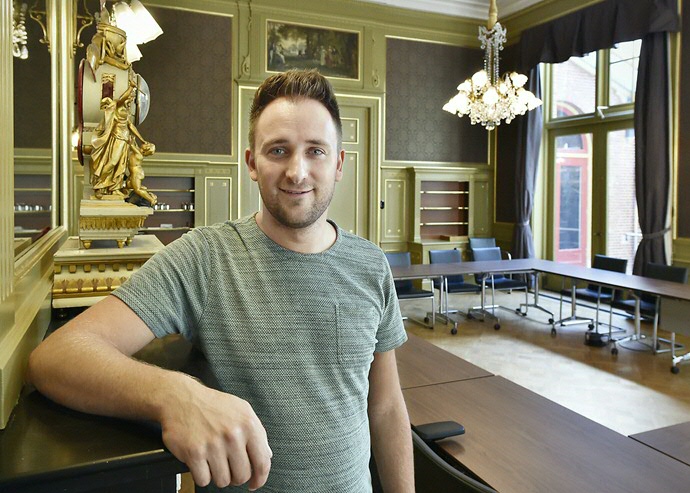
As a boy from the province he would occasionally visit the city of Groningen and didn’t care much for all those old buildings. His interest in historical buildings did not emerge until much later, during his Architecture studies. Today, architect René Bosscher is responsible for the outsides of the University of Groningen buildings – but he also likes to keep a close eye on the interior renovations.
Text: Bineke Bansema, Communication / Photos: Elmer Spaargaren
The UG must be a Mecca for you, with all those historical buildings.
‘Indeed it is! We maintain about 18 municipal monuments and 17 national monuments, so I’ve got plenty to play with. And I’m very lucky as monumental heritage is enjoying a great deal of interest right now. The UG itself is also paying increasing attention to restoring property to its original condition. For example, the Main Conference Room in the Main Administration Building was recently beautifully restored, as were the Van Swinderen Huys and several other buildings on the Oude Boteringestraat, and the concrete roofing tiles on the University newspaper (UK) building on the Oude Kijk in ’t Jatstraat have been replaced by authentic tiles. It’s not something you immediately notice, but it really is much prettier.’
But why should a university make such an effort to renovate its old buildings? That must cost a fair bit of money.
‘Isn’t it much more fun to be able to welcome your guests in a hall full of historical grandeur than in a room with a dropped ceiling? Monuments add something to the image of a 400-year-old university. In addition, it makes staff members feel good to work in such a beautiful old building – they are deeply involved with their building and its history. It’s also a question of giving something back to the city to which we as a university owe a lot, by restoring its heritage. It helps improve the appearance of the city and streets, which the University finds important.’
Have you always been this interested in history?
‘When I was a little boy in the town of Zuidlaren, my parents would take me to the city every now and then and they would point out beautiful old buildings. I didn’t care for them at all. Although I’ve always been interested in history, my particular interest in historical buildings didn’t emerge until much later, during my Architecture studies. Nowadays I am fascinated by all those old buildings in the city and province of Groningen, because I grew up near here and I know their context. A canal house in Amsterdam is also pretty of course but doesn’t speak to me personally.’
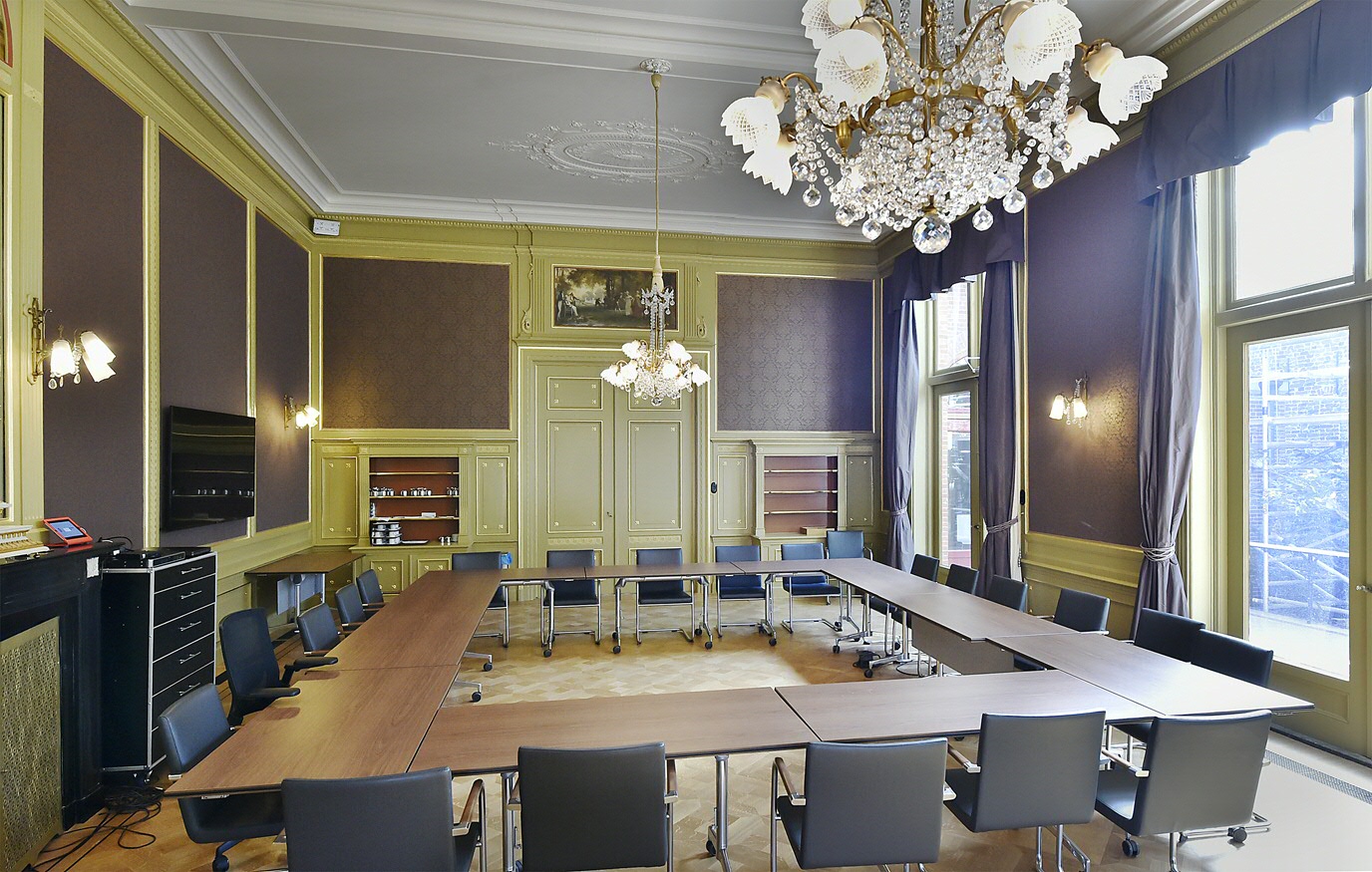
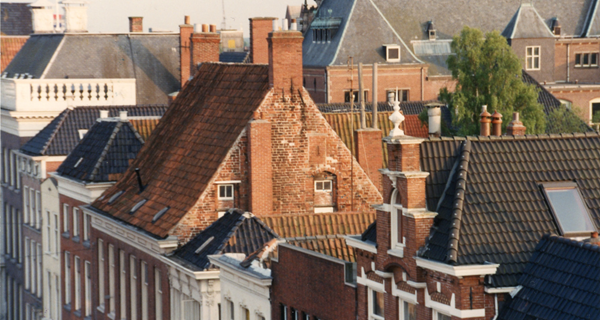
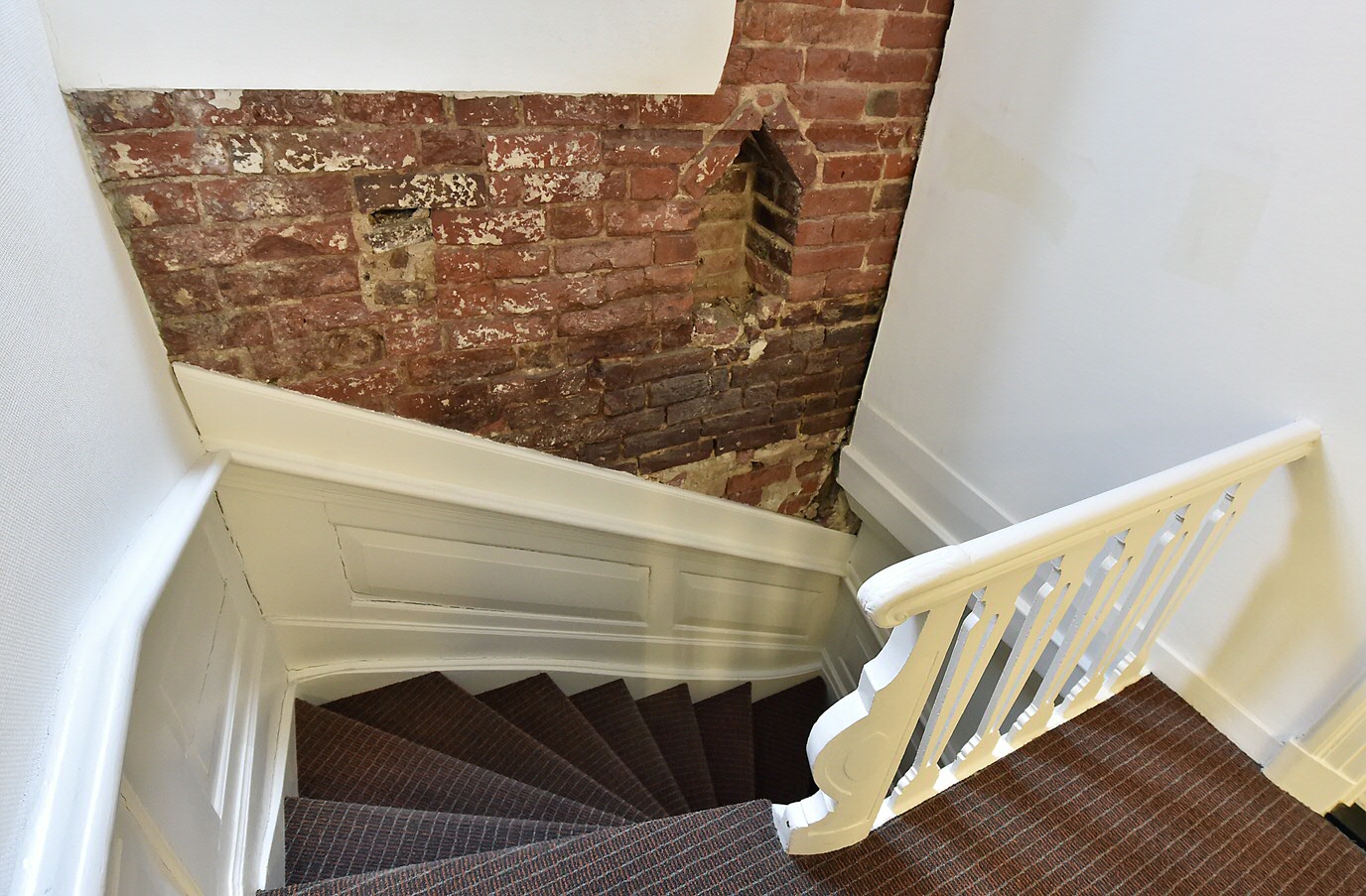
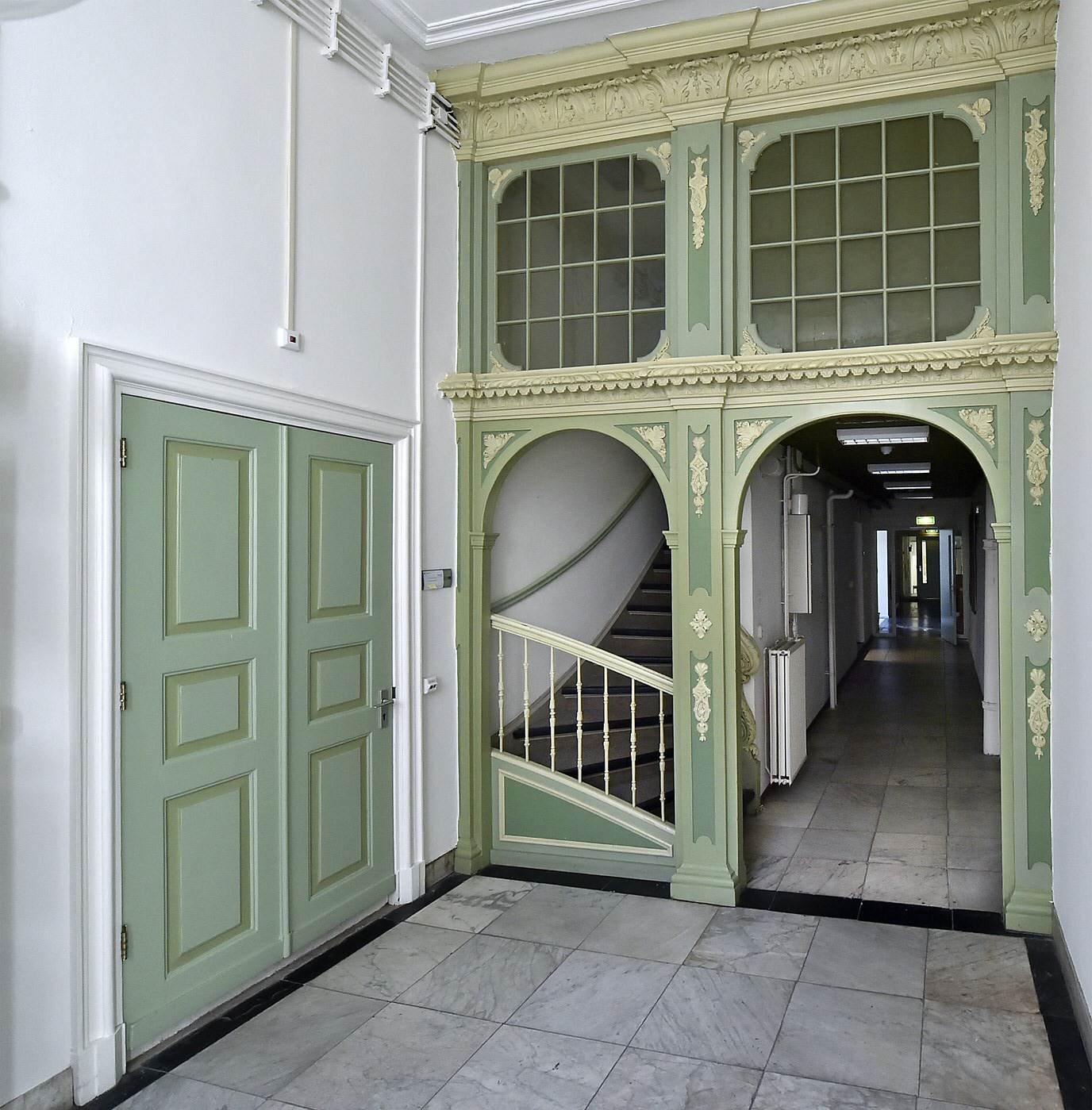
You must live in a beautiful old house yourself too?
‘Um, no. I live in a modern house in Hoogezand. But one day I hope to move into a house with stained-glass windows and old-fashioned ‘en suite’ living rooms separated by double doors. A fixer-upper perhaps, which I would then renovate together with my son. But Thijs is not even six months old yet, so that might be a while.’
You’ve been working at the UG for four years now. What was the most enjoyable project you’ve done here so far?
‘The renovation of the Main Conference Room, which I mentioned before, is my favourite. We refurbished that room last year with the help of craftspeople from about 25 disciplines – glass workers, carpenters, decorators, painters, parquet layers, upholsterers... It now looks exactly like the ballroom that it was intended to be in 1904. By the way, the rest of this building on Oude Boteringestraat 44, where the Board of the University now resides, is also very interesting. It was built by a doctor who had made his fortune in the Dutch East Indies, and later functioned as the official residence for the King’s Governor. Queen Wilhelmina used to spend the night here every now and then, in what is now the room of the President of the Board of the University. What I also find very special here is that the room of the Rector’s secretariat, to the left of the front door, used to be the coach gate, through which the coach would ride to the coach house, at the back of what is now the courtyard. You can hardly imagine that now.’
And what are you working on at the moment?
‘We are now renovating the attic of one of the oldest buildings in the city centre: the building of the Faculty of Philosophy, also on the Oude Boteringestraat. When we’re done, 14 PhD students will have a beautiful place to work under the oak roof beams. This building is originally a medieval stone-built house dating back to around 1300. It still hides a lot of pretty details, such as a beautiful ceiling (early 19th century), which is now hidden behind a dropped ceiling, an old tiled floor (18th/19th century), late mediaeval floor beams, as well as some beautiful examples from other periods, such as a fully intact room dating from 1914.’
Sounds like you’ve got your work cut out for you until you retire...
‘Maybe, but I don’t think that that will happen. I would like to work for an organization that primarily concentrates on the conservation of monuments. The Groninger Landschap for example, or the Cultural Heritage Agency of the Netherlands, or the Groningen-based consultancy organization Libau. I hope that in about ten years’ time, we will have created a good policy and maintenance plan, also for the monumental buildings and historical interiors. Then I’ll be able to leave with a clear conscience.’
More information
More news
-
15 September 2025
Successful visit to the UG by Rector of Institut Teknologi Bandung
